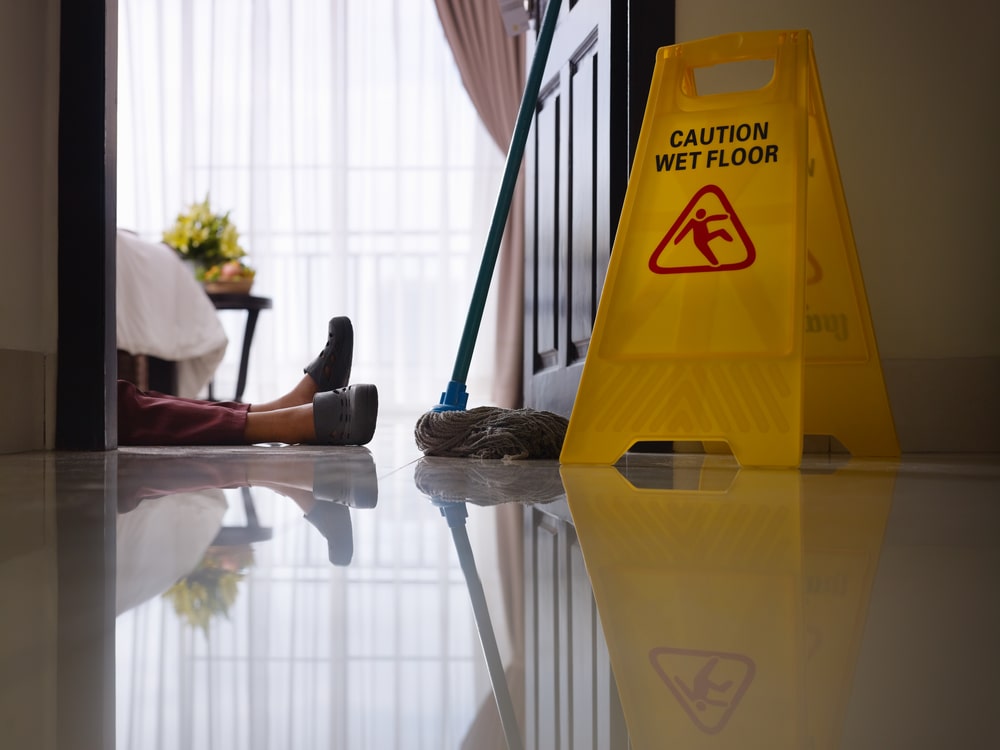Who Is Liable At Temporary Ice Rinks?

Temporary ice rinks are popular attractions during the winter season, often set up in parks, malls, or other public areas to provide seasonal fun for families and skaters of all ages. However, as enjoyable as ice skating can be, these rinks also come with risks. Slip and fall accidents are common, and when they happen, determining who is liable can be a complicated process as a slip and fall lawyer can attest. Several factors can impact liability, including the condition of the rink, the actions of other skaters, and how the rink is managed. With the holidays fast approaching, here is more information you might need to know if you are injured at a rink:
Rink Owners And Operators
The primary responsibility for ensuring the safety of a temporary ice rink falls on its owners and operators. These parties are expected to maintain a reasonably safe environment for skaters. This includes properly installing the rink, ensuring the ice surface is smooth and free of hazards, and maintaining the surrounding areas where skaters may walk or change into their skates. If they fail to take these precautions and someone is injured, they may be held liable.
For example, if the ice is not properly maintained and contains cracks or uneven patches that cause a skater to trip and fall, the owner or operator could be held responsible. Similarly, if there are no warning signs or barriers in place to indicate slippery areas off the ice, and someone slips and falls while walking near the rink, the rink operator might face liability.
Owners and operators are also responsible for providing adequate supervision and enforcing safety rules. If an operator does not regulate overcrowding or fails to ensure that skaters are following safety guidelines, they may be liable for any accidents that occur as a result of these oversights.
Vendors And Contractors
Many temporary ice rinks are not run solely by one party. Instead, they may involve third-party vendors or contractors who install, maintain, or manage different aspects of the rink. In these cases, the liability may extend to these vendors, depending on their role in the operation. If a contractor was responsible for setting up the rink and failed to do so correctly, they could be held liable for any accidents caused by improper installation. For example, if an uneven floor leads to a slip and fall, they can be held liable.
Additionally, if a third-party vendor is responsible for maintaining the ice and fails to do so, such as by not resurfacing the ice regularly or failing to clear snow that could create dangerous conditions, they may also bear some responsibility for any accidents that occur. It’s important to determine which parties were responsible for specific tasks to assess liability accurately.
Assumption Of Risk
While owners and operators are responsible for maintaining a safe environment, ice skating itself is considered an inherently risky activity. Skaters must assume some level of personal responsibility for their actions on the ice. If a skater is injured because they were performing reckless stunts or skating too fast, they may be considered responsible for their own accident. In such cases, liability might not fall on the rink owner or operator.
However, even though ice skating is inherently risky, it does not absolve rink operators of all responsibility. They are still required to provide a safe environment and minimize preventable risks. If they fail to do so, they may still be liable, even if the injured party was aware of the general risks associated with skating.
Third-Party Negligence
In some cases, a skater’s injury may be caused by the negligence of another skater. For example, if one skater acts recklessly, bumping into or knocking down another skater, they could be held responsible for the resulting injuries. In these instances, the injured party may pursue a claim against the negligent skater, rather than the rink owner or operator.
However, if rink operators fail to enforce rules against reckless skating, they could also share some liability for the accident. It’s crucial to evaluate all factors involved in the incident to determine where liability lies.
If you’ve been injured at a temporary ice rink, it’s important to consult with a lawyer to determine who may be responsible for your injuries. Attorneys like those at The Andres Lopez Law Firm can attest to the complexities of liability in these cases and can help you navigate the legal process. Liability may involve multiple parties, including rink owners, operators, contractors, or even other skaters.
Slip and fall accidents at ice rinks can lead to serious injuries, from broken bones to concussions. If you or a loved one has experienced an accident at a temporary ice rink, taking immediate legal action is critical to securing compensation for medical bills, lost wages, and other related expenses. Contact an attorney near you to get started.
